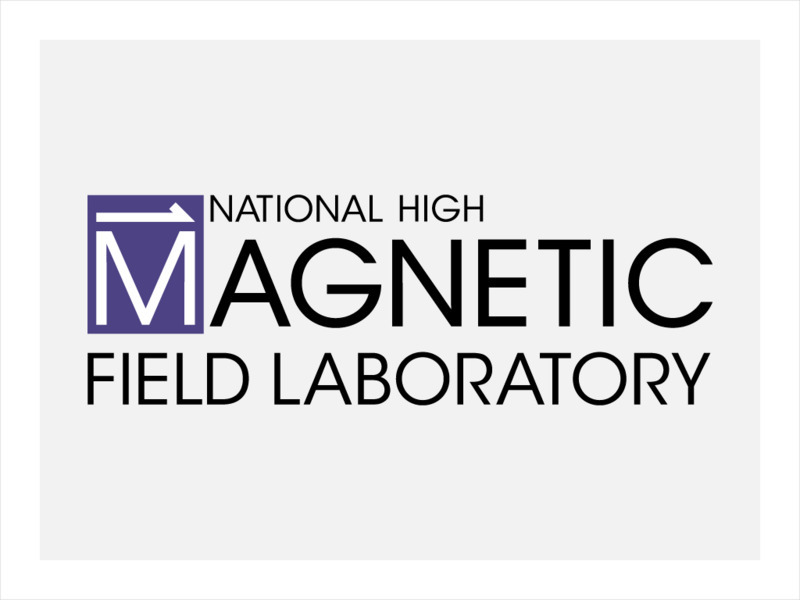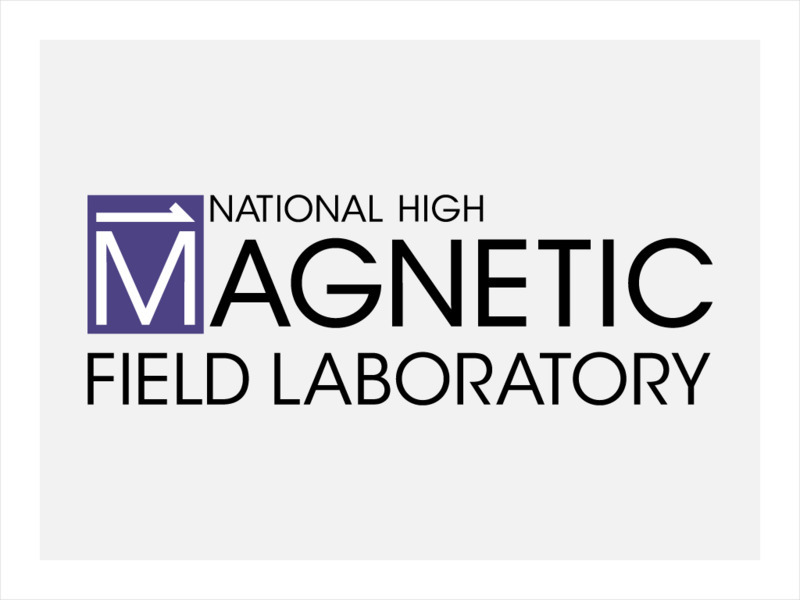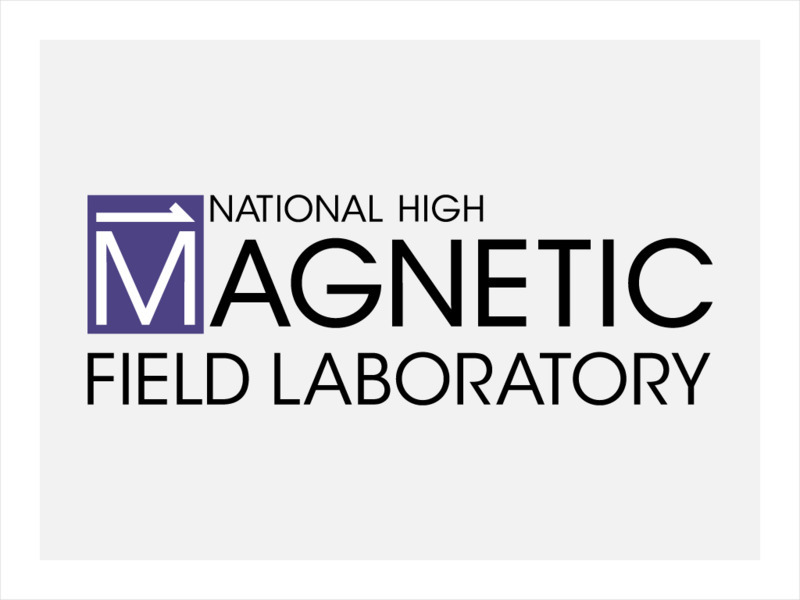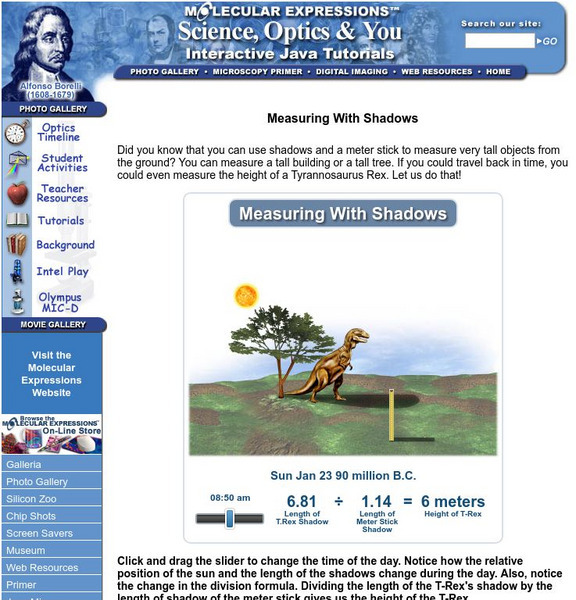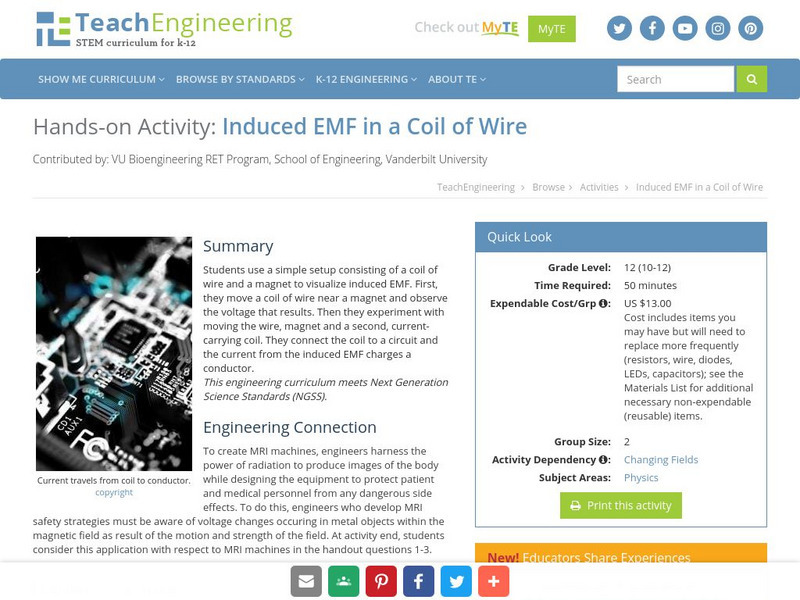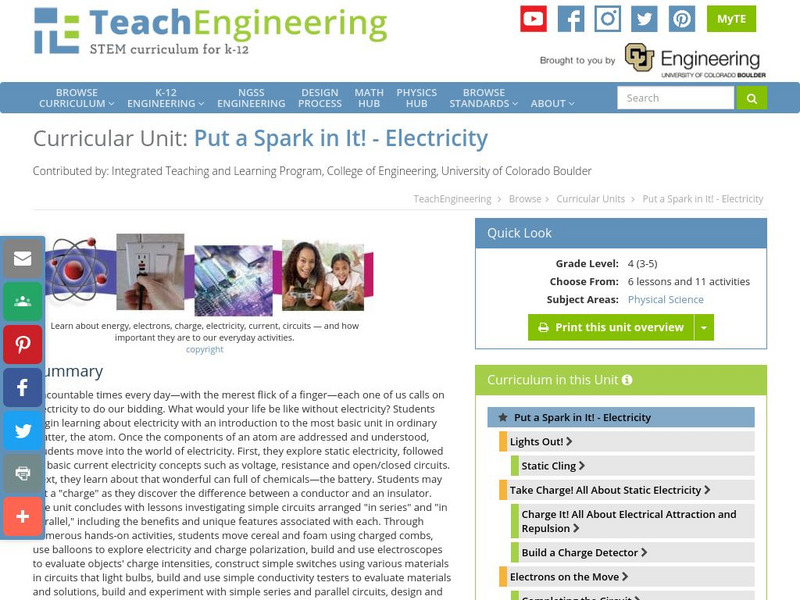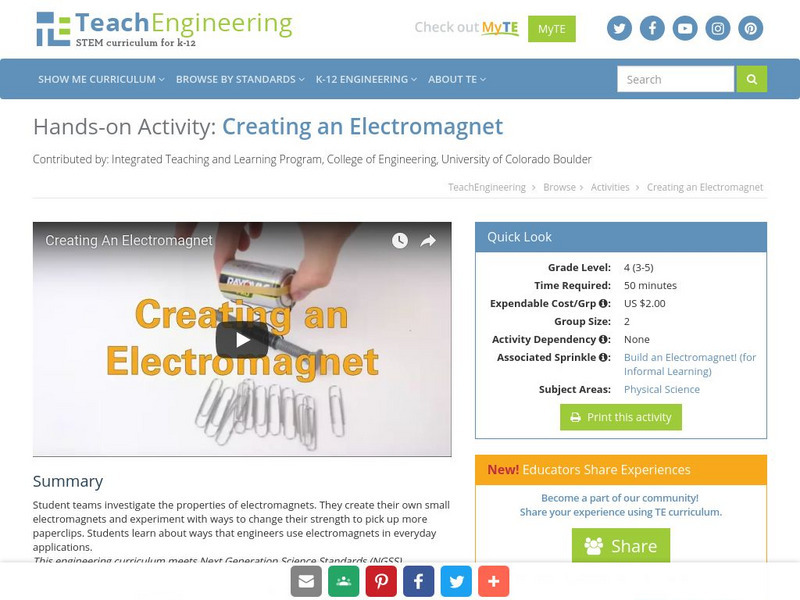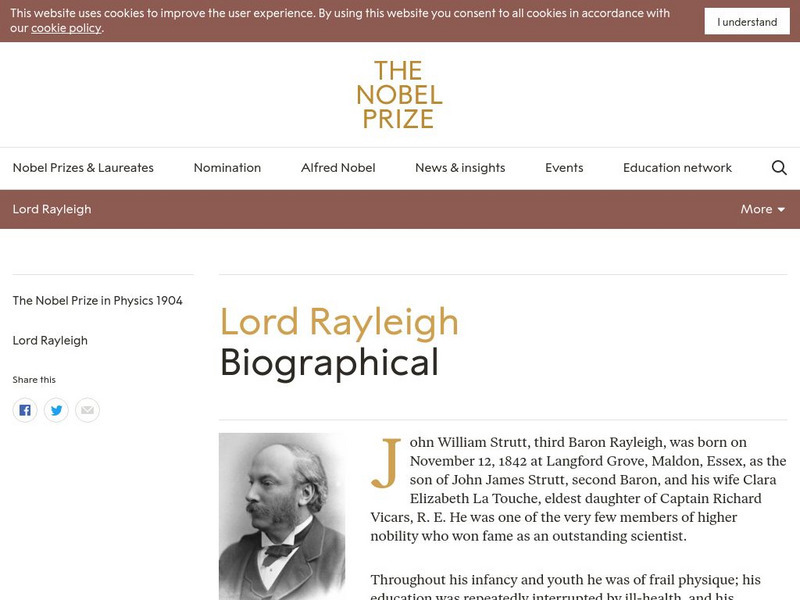National High Magnetic Field Laboratory
Magnet Academy: Nikola Tesla
Awarded more than 100 patents over the course of his lifetime, Nikola Tesla was a man of considerable genius and vision. He was reportedly born at exactly midnight during an electrical storm, an intriguing beginning for a man who would...
National High Magnetic Field Laboratory
Magnet Academy: Joseph John Thomson
Joseph John Thomson, better known as J. J. Thomson, was a British physicist who first theorized and offered experimental evidence that the atom was a divisible entity rather than the basic unit of matter, as was widely believed at the...
National High Magnetic Field Laboratory
Magnet Academy: Torsion Balance
Experiment with the torsion balance and see what happens first by giving the rod a charge, and then by moving the charged rod closer to the outer metal sphere of the instrument. Observe what happens to the needle as the charge increases.
National High Magnetic Field Laboratory
Magnet Academy: Leyden Jars 1745
Because they could store significant amounts of charge, Leyden jars allowed scientists to experiment with electricity in a way never before possible.
National High Magnetic Field Laboratory
Magnet Academy: Sulfur Globe 1660
In the 17th century, German scientist Otto von Guericke built and carried out experiments with a sulfur globe that produced static electricity.
National High Magnetic Field Laboratory
Magnet Academy: James Joule
James Prescott Joule experimented with engines, electricity and heat throughout his life. Joule's findings resulted in his development of the mechanical theory of heat and Joule's law, which quantitatively describes the rate at which...
National High Magnetic Field Laboratory
Magnet Academy: Karl Alexander Muller
In their search for new superconductors, Swiss theoretical physicist Karl Alexander Muller and his young colleague, J. Georg Bednorz, abandoned the metal alloys typically used in superconductivity research in favor of a class of oxides...
Science Buddies
Science Buddies: Do Large Mammals Align Themselves With Earth's Magnetic Field?
In this science fair project, use Google Earth to determine if large mammals align themselves in respect to the earth's magnetic field. The Science Buddies project ideas are set up consistently beginning with an abstract, objective, and...
National High Magnetic Field Laboratory
Magnet Academy: Robert Millikan
Robert Andrews Millikan was a prominent American physicist who made lasting contributions to both pure science and science education. He is particularly well known for his highly accurate determination of the charge of an electron via...
TeachEngineering
Teach Engineering: Build an Electromagnet!
Students build electromagnets and experiment with ways to change their strength.
Florida State University
Florida State University: Magnet Lab: Clean, Keen, Machining Team
The MagLab has its own machine shop, complete with an experienced, talented staff. These craftsmen collaborate closely with renowned scientists to create one-of-a-kind magnet parts that make possible experiments done nowhere else in the...
Exploratorium
Exploratorium: Science Snacks: Magnetic Fruit: Push Me a Grape
An online activity which illustrates the magnetic property of diamagnetism associated with water. Contains a simple procedure and then a good explanation of the magnetic interactions that were displayed by the grapes.
Exploratorium
Exploratorium: Science Snacks: Magnetic Lines of Force
In this activity discover the direction of the magnetic field by making patterns of the field visible with iron filings.
Exploratorium
Exploratorium: Science Snacks: Magnetic Pendulums
See how electricity and magnetism interact with this activity. Activity has students creating a current by swinging a copper coil through a magnetic field. The copper coil will start a second coil swinging as well.
TeachEngineering
Teach Engineering: Cereal Magnets
In this activity, students will design a process that removes the most iron from the cereal. This activity is meant for the students to experiment with different materials using what they know about iron, magnets, and forces to design...
Alabama Learning Exchange
Alex: May the Force Be With You!
The goal of this lesson is to provide students with hands on experiences, while learning about magnets. This lesson engages students in experiments which explore magnet use. An emphasis is placed on open-ended questions which encourage...
Florida State University
Florida State University: Magnet Lab: Timeline of Electricity and Magnetism: 1750 1774
With his famous kite experiment and other forays into science, Benjamin Franklin advances knowledge of electricity, inspiring his English friend Joseph Priestley to do the same.
Florida State University
Florida State University: Molecular Expressions: Measuring With Shadows
You can use shadows and a meter stick to measure very tall objects from the ground--and before you try this experiment yourself, see how it works with a Java applet that measures the height of a Tyrannosaurus Rex.
TeachEngineering
Teach Engineering: Induced Emf in a Coil of Wire
Students use a simple set up consisting of a coil of wire and a magnet to visualize induced EMF. First, students move a coil of wire near a magnet and observe the voltage that results. They then experiment with moving the wire, magnet,...
TeachEngineering
Teach Engineering: Put a Spark in It! Electricity
Uncountable times every day "with the merest flick of a finger"each one of us calls on electricity to do our bidding. What would your life be like without electricity? Students begin learning about electricity with an introduction to the...
PBS
Pbs Learning Media: Mystery Mud: Exploring Changes in States of Matter
Join a group of middle-school students on a visit to a laboratory at the Massachusetts Institute of Technology, where they experiment with "mystery mud" and learn about the relationships between magnetism, particle motion, and changes in...
TeachEngineering
Teach Engineering: Building an Electromagnet
Student teams investigate the properties of electromagnets. They create their own small electromagnet and experiment with ways to change its strength to pick up more paper clips. Students learn about ways that engineers use...
Nobel Media AB
The Nobel Prize: Lord Rayleigh Biographical
At this site from the Nobel e-Museum, you can read about the scientific work of Lord Rayleigh (1842-1919 CE). This article includes information on his education and experiments with light and sound waves.
Discovery Education
Discovery Education: Science of Everyday Life: Interaction at a Distance [Pdf]
An experiment where students investigate the strength of magnets. This site includes a lesson plan with both teacher and student information for completing the experiment.
